
1962 Maserati 5000 GT
ON/OFF
#maserati
Maserati. One of the most glorious brands in the history of the motor-car but also one of the oldest of the sports brands. It was the first to be launched in Emilia (starting what would become Motor Valley) in 1914 - 33 years before Ferrari and 50 years before Lamborghini and De Tomaso. When Enzo Ferrari started thinking about races, Maserati vehicles had been winning competitions and beating records for years. The whole Maserati family was dedicated to engines, infected by this "virus", starting from Carlo, the eldest, who died prematurely. Four Maserati brothers designed, built and sometimes drove motor-cars, all self-made in small workshops in Bologna. The sixth brother was an artist and he designed the symbol of the Trident. The Maserati brothers created racing cars of all types - single-seaters and sports cars, from 4 to 16 cylinders, which, driven by the best drivers of the time, like Nuvolari and Varzi, triumphed around the world, from Rome to Indianapolis. They also set technical and speed records. The only problem was money, of which there was often a shortage. This aspect would become a constant, almost a malediction, in the history of the brand - 110 years, many of which have been in difficult economic conditions; five transfers of ownership, sometimes taking place to avoid closure. Just before the Second World War, the Maseratis sold to the businessman Adolfo Orsi, who transferred the headquarters of the company to his hometown Modena. The Maserati brothers stayed in the company for some years and then they left. The Maserati continued to race with Orsi, on the road and the track, and won a lot, from the great endurance races to the F1 world championships, through drivers of the calibre of Fangio and Moss, and first-class technicians, like Mr Alfieri. However, after these sports successes, Orsi decided to concentrate on the production of grand tourer road vehicles. Maserati customers were now no longer just drivers but also actors, industrialists and monarchs. To satisfy their taste, which often demanded the greatest exclusivity, Maserati used various coachbuilders (Touring, Frua, Vignale, Ghia and others) which, in addition to "standard" vehicles, created various unique models. Adolfo Orsi also had an idea which became the first sports saloon in history, the Quattroporte. However, the world was changing quickly and, in 1968, the Orsis decided to sell to Citroen. The French industrialised and expanded the company but abandoned it after a few years because of their financial problems and the oil crisis. The Italian government intervened, making the resources to continue available, and passed the tiller to Alejandro De Tomaso, who suggested a new project - an accessible Maserati, the Biturbo. There was an initial boom in sales of this model, which gave the company coffers the space necessary to go on, but there was then another crisis and survival was once again at risk. Then Fiat took it over and entrusted the task of resurrecting the image and sales to Ferrari. The historic rivals of the past managed Maserati for eight years, returning it to Fiat restructured and healthy, with many important sports successes of the MC12 as a dowry. Maserati continued its development and reached its centenary in good health, with sales records and ambitious projects on the horizon, and financially solid as has happened few times in its tormented yet fascinating history.
We'll tell the story of this company on the occasion of its anniversary or when it will reach a sufficient number of cars.
If you would like to share your knowledge and archive, click on the banner JOIN THE LAB - HELP US TO IMPROVE & COMPLETE THE INFORMATION.
The census of all the cars related to this topic is in progress.
CARS (17)
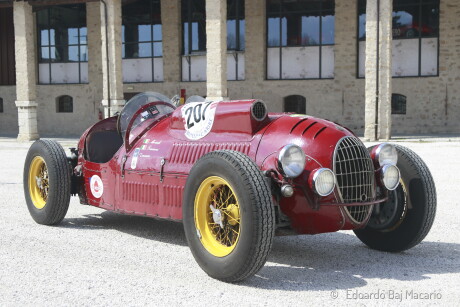
1947 AMP Special
- Coachbuilder: Prete
- Chassis n°: 51509750
- Engine n°: 824046
Private collection
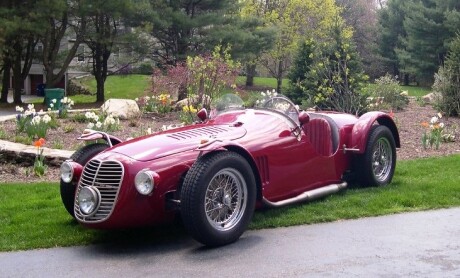
1949 Maserati Tipo A6 GCS 2000 Sport
- Coachbuilder: Carrozzeria Fantuzzi
- Chassis n°: 2012
- Engine n°: 2012
Private collection

1949 Maserati A6 1500
- Coachbuilder: Pinin Farina
- Chassis n°: 078
- Engine n°: 078
Private collection
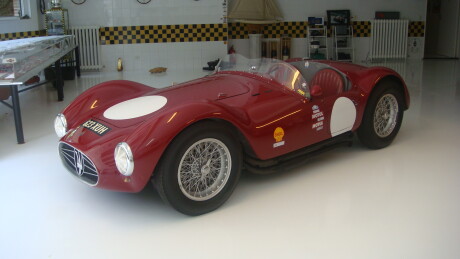
1953 Maserati Sport 2000
- Coachbuilder: Fiandri & Malagoli
- Chassis n°: *2066*
- Engine n°: *2047*
Private collection
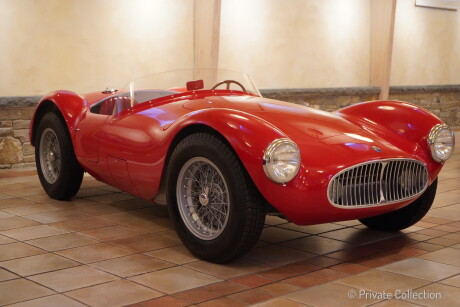
1953 Maserati Sport 2000
- Coachbuilder: Carrozzeria Fantuzzi
- Chassis n°: *2040*
- Engine n°: *2040*
Private collection

1954 Maserati Sport 2000
- Coachbuilder: Fiandri & Malagoli
- Chassis n°: *2064*
- Engine n°: *2092*
Private collection

1955 Maserati Sport 150/S
- Coachbuilder: Carrozzeria Fantuzzi
- Chassis n°: *1651*
- Engine n°: 6001
Private collection
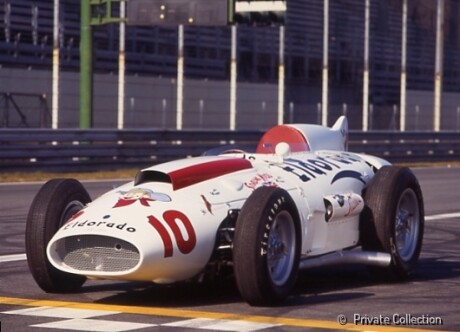
1958 Maserati TIPO 420/M/58 Eldorado
- Coachbuilder: Carrozzeria Fantuzzi
- Chassis n°: 4203
- Engine n°: TBD
MUSEO PANINI (IT)
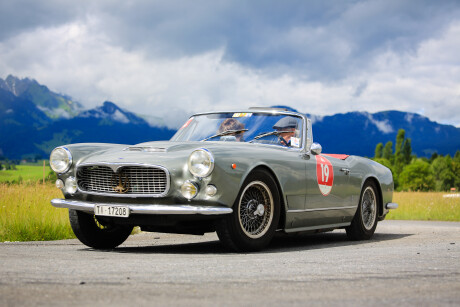
1960 Maserati 3500 GT Spyder
- Coachbuilder: Carrozzeria Alfredo Vignale & C.
- Chassis n°: *101*727*
- Engine n°: 101.727
Private collection
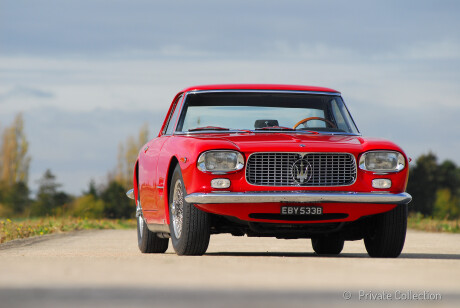
1962 Maserati 5000 GT
- Coachbuilder: Allemano
- Chassis n°: AM103026
- Engine n°: AM103026
COLLEZIONE IL MANEGGIO (CH)
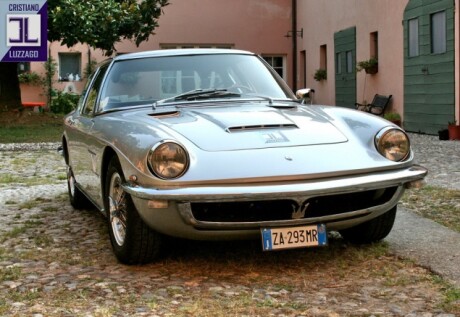
1967 Maserati Mistral
- Coachbuilder: Frua
- Chassis n°: AM1091258
- Engine n°: AM1091498
Private collection
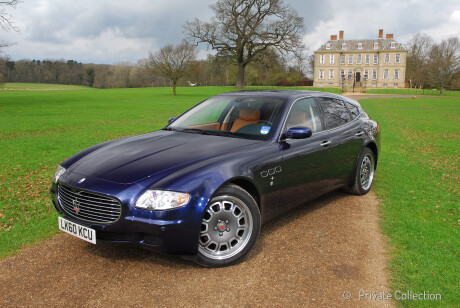
2006 Touring Superleggera Maserati Bellagio
- Coachbuilder: Carrozzeria Touring
- Chassis n°: ZAMFD39B000035658
- Engine n°: 126854
Private collection